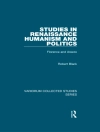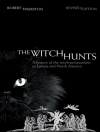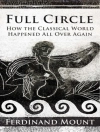This popular history explores the cultural heritage and identity of Lancashire, stretching from the Mersey to the Lake District. Paul Salveson charts the county’s transformation from a largely agricultural region noted for its religious learning into the Industrial Revolution’s powerhouse, as an emerging self-confident bourgeoisie drove economic growth. This capital boom came with a cultural blossoming, creating today’s Lancashire.
Industrialists strongly committed to the arts endowed galleries and museums, producing a diverse world of science, technology, music and literature. Lancashire developed a distinct business culture, but this was also the birthplace of the world co-operative movement, and the heart of democracy campaigns including Chartism and women’s suffrage. Lancashire has generally welcomed incomers, who have long helped to inform its distinctive identity: fourteenth-century Flemish weavers; nineteenth-century Irish immigrants and Jewish refugees; and, more recently, ‘New Lancastrians’ from Asia, Africa and Eastern Europe.
This long-overdue book explores contemporary Lancastrian culture, following modern upheavals and Lancashire’s fragmentation compared with its old rival Yorkshire. What future awaits the 6 million people of this rich historic region?
Despre autor
Paul Salveson Ph D, MBE is Visiting Professor at the Universities of Bolton and Huddersfield. His academic career focussed on Lancashire dialect and literature; he later pioneered community railway projects across the UK. His books include With Walt Whitman in Bolton and Northern Rail Heritage. He divides his time between Bolton and Grange-over-Sands.












